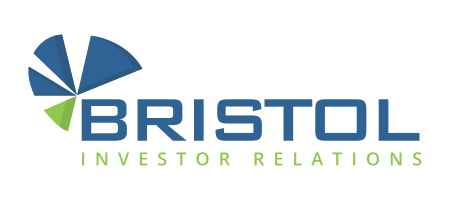What do Investors want to see in Management Presentations?
What do Investors want to see in Management Presentations?

In order to increase exposure to their company, management teams frequently conduct seasonal roadshows and webinars where they introduce the company first hand to investors, provide general updates on the business, or wrap up the year in review.
Subsequent follow up, which any reputable IR firm should be conducting on behalf of their clients, usually reveals insight into what the investor thinks about the presenting company, that may not be identifiable during the meeting. In this months’ article, we will touch upon common subjects that investors report on. We hope this article will assist management before embarking on any future road trips and/or presentations.
Management style and presentation content
The way in which management presents information, whether it is done in a technical or simplified manner is important. Some investors are specialists and are looking for details. Others are generalists and prefer a simple touch-points approach, especially when getting a firsthand introduction. It is during subsequent diligence and research that analysts and portfolio managers fill in the blanks. Management needs to strike a balance when connecting with the audience and it is a good idea to have three presentations in mind: one for the generalist, one for the industry veteran, and one that is a mix between the two.
The style which management chooses to present is also important. Investors find it easy to connect with a management team that is engaging and is not monotonous. Management teams can lose the audience quickly if their delivery is dull, too technical or difficult to follow.
Business operations, stock information and financials
As stated earlier, management need to connect with their audience and provide meaningful data that can be interpreted easily. However, skipping certain relevant data points can often raise extra questions and concerns from investors, especially if that information is discovered during diligence. All investors, generalists and specialists look for details such as the company’s cash position, burn rate or cash flow, capital raising and M&A history, debt load, revenue track record, profitability trajectories, competitive advantages, ownership, and more. Given the limited time management has to present on the company, management should refrain, unless otherwise requested by the investor, from turning the company power point into an examination of the company’s financial statements. Nor should the presentation become a ground for over promotion or speculation. Management needs to find that happy medium, where those that are interested can dive into the financials after the presentation are not asking themselves “so what exactly does this company do?” In order to strike that fine balance, management should not omit basic operational and financial details, but have enough material that clearly illustrates the advantages of the company, the overall market in which the company operates in, the financial position of the company, and the plans for future growth and shareholder appreciation
Actions following the presentation
Some investors take an initial position, which could be nominal to start in order to ‘push’ themselves to following the Company, and possibly lead to deeper investment actions down the road. Others take a cautionary approach, meet with, or listen to the company several times, and review the business for months or years before taking a position. For company management and the investor relations team, it is important to guide investors, answer questions and provide any additional information requested by the investor in a timely manner. Delays in providing investors with information might lead to lost interest, and given the amount of companies investors review regularly, once you lose the investor’s attention, it is extremely difficult to get it back.
Sometimes companies have immediate deliverables they can release to investors. News releases, investor conferences, roadshows and webinars are all methods that management can use to deliver to a company’s audience in short order. At other times, deliverables happen behind the scenes and can take time to materialize before reporting in detail.
By keeping the communications loop open and discussions transparent, informative, and engaging during times when management does have immediate deliverables will minimize the proportion of investors that can lose interest or feel “left in the dark” when it takes the company extra time to bring news to the forefront.
